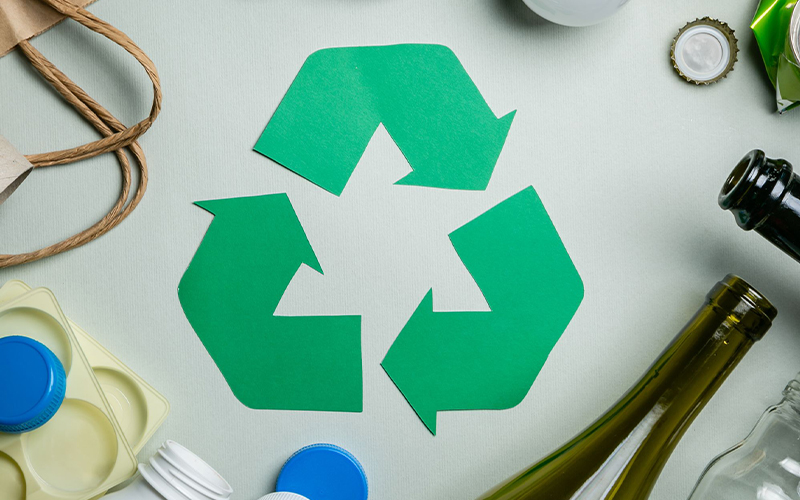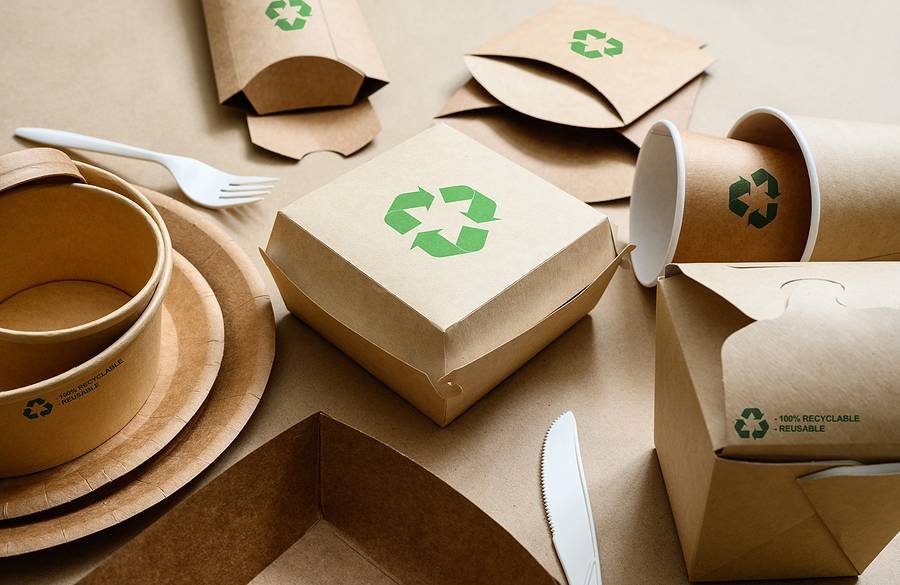In today’s environmentally conscious world, businesses are increasingly seeking ways to reduce their ecological footprint. One effective approach is by implementing a low waste printer setup. This method not only benefits the environment but also enhances operational efficiency and cost-effectiveness for businesses. By focusing on sustainable practices, companies can make a significant impact without compromising on quality or productivity.

Understanding the Concept of Low Waste Printing
The concept of low waste printing revolves around minimizing waste generated during the printing process. This includes reducing paper waste, minimizing ink usage, and optimizing energy consumption. By adopting a low waste approach, businesses can contribute to environmental sustainability while also achieving cost savings.
Importance of a Low Waste Printer Setup
Implementing a low waste printer setup is crucial for businesses aiming to operate sustainably. It helps in reducing the overall carbon footprint, conserving resources, and promoting a greener image. Moreover, it aligns with global sustainability goals and attracts environmentally conscious customers.
Benefits of Reducing Printer Waste
Reducing printer waste offers several advantages. It lowers operational costs by minimizing the need for excessive paper and ink. Additionally, it enhances the efficiency of printing operations, leading to faster turnaround times. By adopting sustainable practices, businesses can also improve their brand reputation and appeal to eco-conscious consumers.
Key Steps to Setting Up a Low Waste Printer Setup
1. Choose Energy-Efficient Printers
Investing in energy-efficient printers is a fundamental step in establishing a low waste setup. Look for printers with Energy Star certifications, as they consume less energy and reduce greenhouse gas emissions. These printers are designed to operate efficiently without compromising on performance.
2. Optimize Paper Usage
One of the primary sources of waste in printing is paper. Businesses can significantly reduce paper waste by implementing double-sided printing and using digital alternatives whenever possible. Additionally, using recycled paper and setting printers to default to black and white can further minimize waste.
3. Utilize Eco-Friendly Inks
Choosing eco-friendly inks is crucial for a low waste printer setup. These inks are made from renewable resources and are biodegradable, reducing their environmental impact. Businesses can explore various zero waste ink options to find the best fit for their printing needs.
4. Implement Digital Solutions
Transitioning to digital solutions is an effective way to minimize waste. Businesses can adopt electronic document management systems to reduce the need for physical prints. Digital solutions not only reduce paper waste but also streamline workflows and improve accessibility.
Best Practices for Maintaining a Low Waste Printer Setup
1. Regular Maintenance and Calibration
Regular maintenance and calibration of printers ensure optimal performance and reduce the likelihood of errors that lead to waste. Scheduled maintenance helps in identifying and addressing potential issues before they become significant problems.
2. Educate Employees
Educating employees about sustainable printing practices is essential for maintaining a low waste setup. Conduct training sessions to raise awareness about the importance of reducing waste and provide guidelines on how to utilize the printing resources efficiently.
3. Monitor and Analyze Printing Usage
Monitoring and analyzing printing usage can provide valuable insights into areas where waste can be reduced. Implementing print management software allows businesses to track printing patterns and identify opportunities for optimization.
Exploring Zero Waste Ink Options
Zero waste ink options play a vital role in a low waste printer setup. These inks are designed to minimize environmental impact while maintaining high-quality prints. Businesses can explore different types of zero waste inks available in the market and choose the ones that align with their sustainability goals.
Advantages of Zero Waste Inks
Zero waste inks offer numerous advantages. They are non-toxic, biodegradable, and often made from renewable resources. By using zero waste inks, businesses can reduce their reliance on harmful chemicals and contribute to a cleaner environment.
Case Studies: Successful Implementation of Low Waste Printer Setups
Several companies have successfully implemented low waste printer setups and reaped the benefits. For instance, [Company X](https://formlabs.com/global/blog/zero-waste-printing-explained-reduce-costs-waste/), a leading printing firm, reduced their paper waste by 40% and ink usage by 30% by adopting sustainable practices. These case studies highlight the positive impact of low waste setups on both the environment and business operations.

Frequently Asked Questions
1. What are the benefits of a low waste printer setup?
A low waste printer setup offers numerous benefits, including cost savings, reduced environmental impact, improved operational efficiency, and enhanced brand reputation.
2. How can businesses reduce paper waste in printing?
Businesses can reduce paper waste by implementing double-sided printing, using digital alternatives, and opting for recycled paper. Educating employees about sustainable printing practices also plays a crucial role.
3. What are zero waste inks?
Zero waste inks are eco-friendly inks made from renewable resources. They are non-toxic, biodegradable, and designed to minimize environmental impact while maintaining print quality.
Conclusion
Implementing a low waste printer setup is a proactive step towards sustainability and environmental responsibility. By optimizing printing practices, businesses can reduce waste, lower costs, and contribute to a greener future. Embracing eco-friendly solutions not only benefits the environment but also enhances the overall efficiency and reputation of the business. For more insights on sustainable printing practices, visit [Sustainable Printing Tips](https://myadsusa.com/tips-to-reduce-waste-when-printing/).
This article contains affiliate links. We may earn a commission at no extra cost to you.







